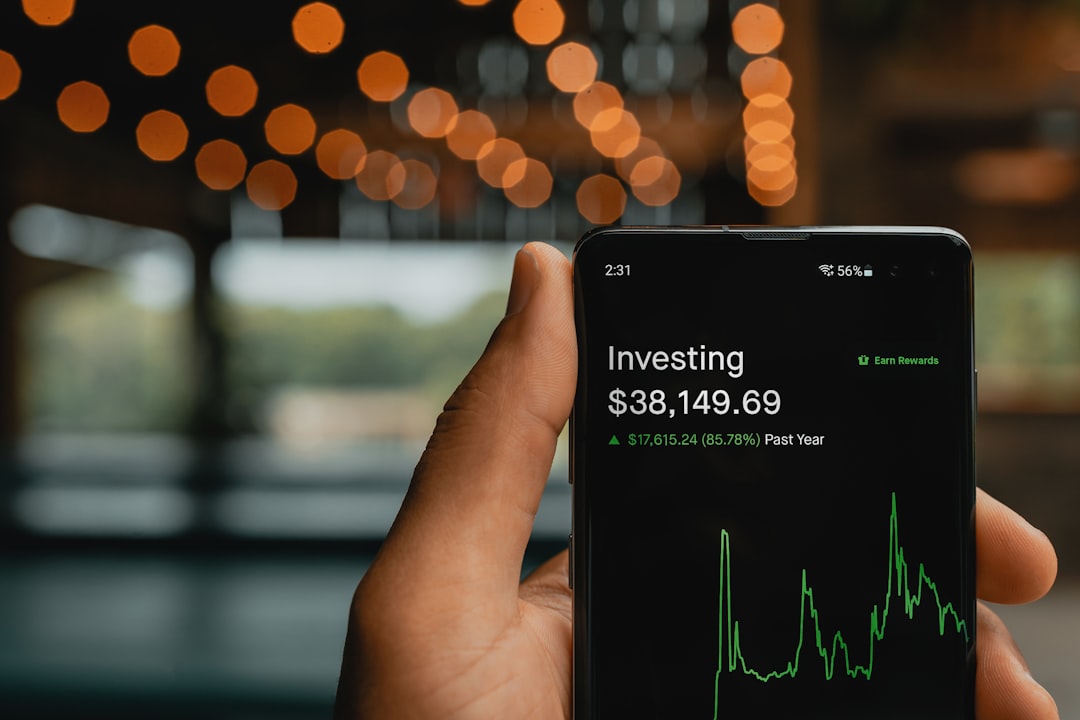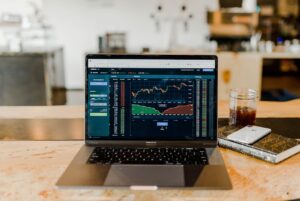U.S. markets have already reacted sharply to talk of President Trump potentially ousting Federal Reserve Chair Jerome Powell. While analysts at Capital Economics suggest the initial market shock “might not be disastrous,” deeper risks could emerge depending on the replacement and ensuing policy battles.
Initial Market Reaction May Be Muted
-
Equity Moves: Capital Economics notes a Powell dismissal could see a temporary rally if markets believe a rate-cut-friendly successor is imminent.
-
Bond Yields: Longer-dated Treasury yields may rise modestly, as investors demand extra compensation for political risk.
-
U.S. Dollar: Likely to weaken, reflecting doubts over Fed independence and future rate paths.
Replacement Candidates and Their Appeal
Kevin Hassett
-
Role: Current National Economic Council Director.
-
Pros: Intimate White House ties and familiarity with Trump’s growth agenda.
-
Cons: Lacks Fed operational experience; may struggle to gain FOMC credibility.
Kevin Warsh
-
Role: Former Fed Governor (2006–2011).
-
Pros: Recognized policy veteran; markets may view him as an experienced, “qualified” pick.
-
Cons: Only holds one vote on the FOMC; unlikely to force through rate cuts without broad Committee support.
The Fed’s Voting Dynamics
-
Hostile FOMC: Even with Warsh aboard, a majority of governors and regional presidents may resist premature rate cuts—limiting any one governor’s influence.
-
Policy Gridlock: A fractured Committee could delay decisions, heightening market uncertainty.
Longer-Term Risks
-
Independence Undermined: Repeated political meddling risks eroding the Fed’s credibility, potentially raising risk premiums across U.S. assets.
-
Tariff Backdrop: With Trump primed to blame Powell for any tariff-induced slowdown, markets face a double-edged policy sword—trade disruptions plus monetary uncertainty.
-
Financial Stability: Unanchored rate expectations can spur volatile moves in stocks, bonds, and the dollar.
What Investors Should Do
-
Monitor Fed Events: Track upcoming FOMC meetings and speeches for early signs of policy shifts via the
🔗 Economics Calendar – Economics Data API
from Financial Modeling Prep. -
Position Defensively: Consider reducing duration in bond portfolios and trimming leveraged equity exposures until Fed governance clarity returns.
-
Stay Informed on Succession News: Watch for formal nominations and Senate confirmation timelines, which will drive the next wave of market volatility.
While a Powell firing might spark only a brief market wobble, the broader implications for Fed independence and policy predictability pose a far more material risk. Investors should brace for an extended period of uncertainty, not just an initial knee-jerk reaction.




